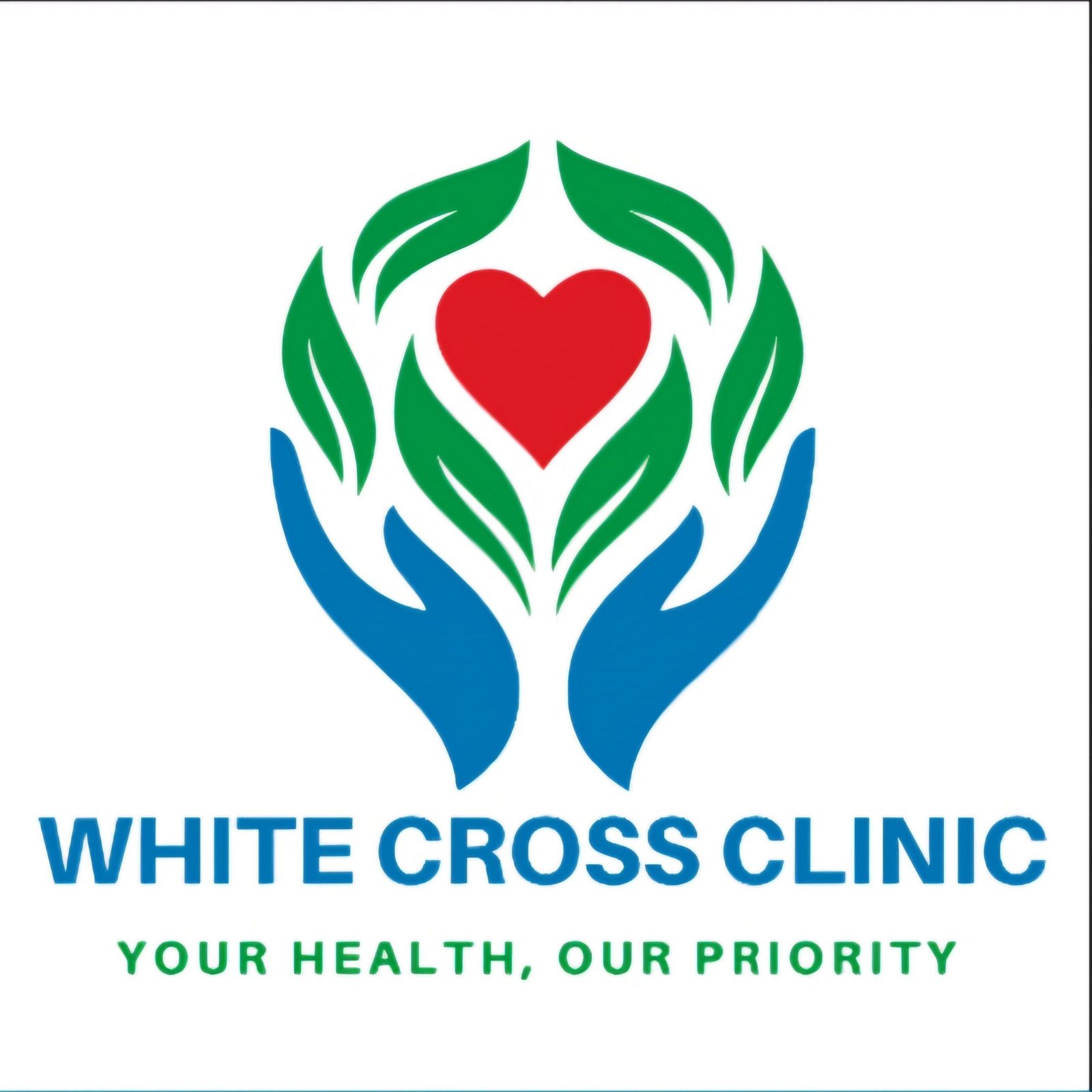Overview
The H1N1 flu, sometimes called swine flu, is a type of influenza A virus.
During the 2009-10 flu season, a new H1N1 virus began causing illness in humans. It was often called swine flu and was a new combination of influenza viruses that infect pigs, birds and humans.
The World Health Organization (WHO) declared the H1N1 flu to be a pandemic in 2009. That year the virus caused an estimated 284,400 deaths worldwide. In August 2010, WHO declared the pandemic over. But the H1N1 flu strain from the pandemic became one of the strains that cause seasonal flu.
Most people with the flu get better on their own.
But flu and its complications can be deadly, especially for people at high risk. The seasonal flu vaccine can now help protect against the H1N1 flu and other seasonal flu viruses.
Products & Services
Symptoms
The symptoms of flu caused by H1N1, commonly called the swine flu, are similar to those of other flu viruses.
Symptoms usually start quickly and can include:
- Fever, but not always.
- Aching muscles.
- Chills and sweats.
- Cough.
- Sore throat.
- Runny or stuffy nose.
- Watery, red eyes.
- Eye pain.
- Body aches.
- Headache.
- Tiredness and weakness.
- Diarrhea.
- Feeling sick to the stomach, vomiting, but this is more common in children than adults.
Flu symptoms develop about 1 to 4 days after you’re exposed to the virus.
Related information
When to see a doctor
If you’re generally healthy and develop flu symptoms, most people may not need to see a health care provider. But some people are at higher risk of flu complications.
Call your care provider if you have flu symptoms and you’re pregnant or have a chronic disease. Some examples are asthma, emphysema, diabetes or a heart condition.
If you have emergency symptoms of the flu, get medical care right away. For adults, emergency symptoms can include:
- Trouble breathing or shortness of breath.
- Chest pain.
- Signs of dehydration such as not urinating.
- Ongoing dizziness.
- Seizures.
- Worsening of existing medical conditions.
- Severe weakness or muscle pain.
Emergency symptoms in children can include:
- Trouble breathing.
- Pale, gray or blue-colored skin, lips or nail beds depending on skin color.
- Chest pain.
- Dehydration.
- Severe muscle pain.
- Seizures.
- Worsening of existing medical conditions.
